When you’re trying to keep blood sugar steady, the choice of medication can feel like a maze. Precose (Acarbose) is an alpha‑glucosidase inhibitor that slows carbohydrate absorption in the gut. It’s been on the market since the mid‑1990s and is often prescribed when metformin alone isn’t enough or when weight gain is a concern.
If you see the name acarbose on a prescription label, it’s the same drug.
Key Takeaways
- Precose works by delaying carbohydrate breakdown, leading to lower post‑meal glucose spikes.
- Its main competitors are metformin, miglitol, voglibose, DPP‑4 inhibitors (e.g., sitagliptin), GLP‑1 agonists (e.g., liraglutide) and SGLT2 inhibitors (e.g., empagliflozin).
- GI side effects (bloating, flatulence) are far more common with Precose than with most other classes.
- Cost is moderate; generics are cheap, but newer agents can be several times more expensive.
- Precose is a good fit for patients who need modest glucose control without risking weight gain or hypoglycemia and who can tolerate gastrointestinal discomfort.
How Precose (Acarbose) Works
Precise timing of carbohydrate digestion is key to controlling post‑prandial glucose. Acarbose binds to enzymes on the brush border of the small intestine-mainly sucrase and maltase-blocking them from splitting complex carbs into absorbable sugars. The result is a slower rise in blood glucose after meals, which can improve overall A1C when combined with diet and exercise.
Because it acts locally in the gut, systemic absorption is minimal (<5% of the dose), which explains the low risk of hypoglycemia when used alone.
Major Alternatives and Their Core Traits
Below are the six most common drug classes that doctors consider alongside Precose.
Metformin is a biguanide that reduces hepatic glucose production and improves insulin sensitivity. It’s usually the first‑line therapy for type‑2 diabetes.
Miglitol is another alpha‑glucosidase inhibitor, chemically similar to acarbose but with a shorter half‑life, meaning dosing is typically three times daily.
Voglibose is marketed mainly in Asia; its potency is higher than acarbose, allowing lower doses.
Sitagliptin represents the DPP‑4 inhibitor class. It works by preventing the breakdown of incretin hormones, thereby increasing insulin release after meals.
Liraglutide is a GLP‑1 receptor agonist that boosts insulin, slows gastric emptying, and promotes satiety-often leading to weight loss.
Empagliflozin is an SGLT2 inhibitor that forces excess glucose out through the urine, offering cardiovascular and renal benefits.
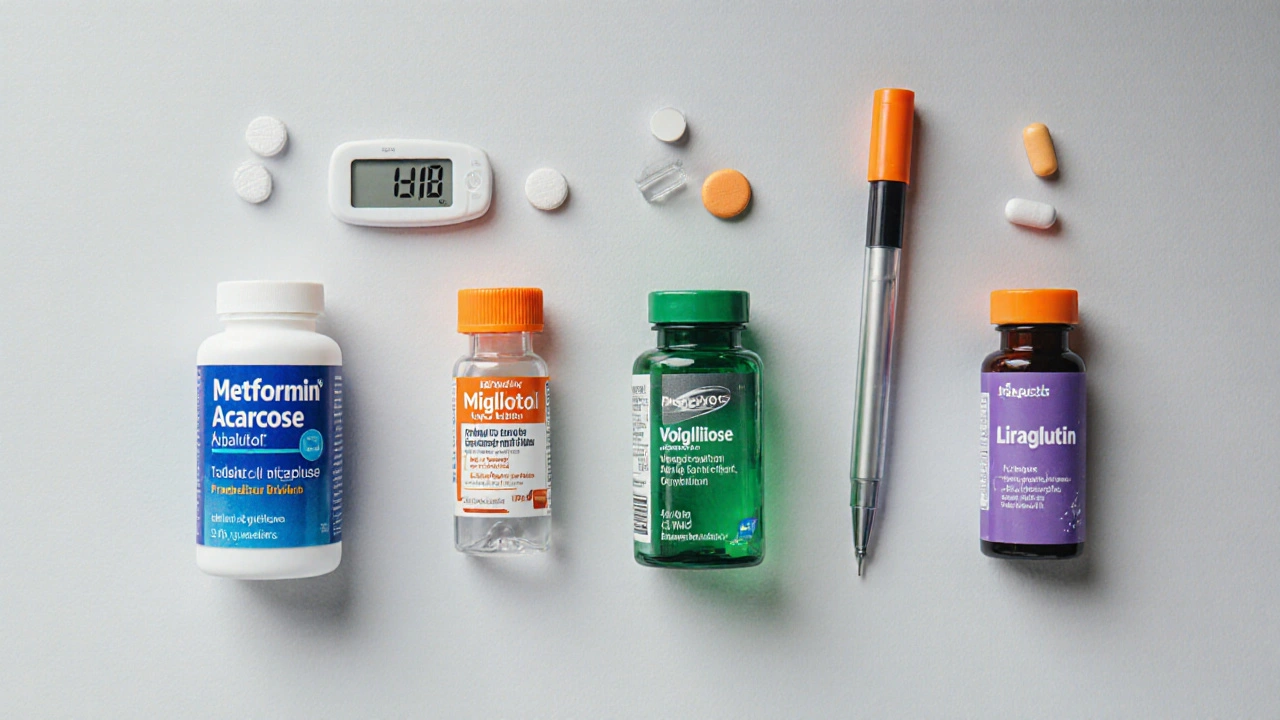
Clinical Efficacy: Acarbose vs the Competition
Multiple head‑to‑head trials give us a picture of where acarbose stands.
- In the STOP‑NIDDM trial, adding acarbose to diet alone reduced the 5‑year conversion to diabetes by 25% compared with placebo.
- Metformin, in the same era, cut conversion risk by ~31% and also lowered fasting glucose more sharply.
- When compared directly in a 24‑week crossover study, miglitol lowered 2‑hour post‑meal glucose by 0.9mmol/L (16mg/dL), while acarbose achieved a 0.8mmol/L reduction.
- DPP‑4 inhibitors typically lower A1C by 0.5-0.7% with a neutral effect on weight, similar to acarbose’s 0.4-0.6% drop.
Bottom line: acarbose isn’t the strongest A1C‑lowering drug, but it shines when the goal is to blunt sharp post‑meal spikes without adding weight or causing hypoglycemia.
Side‑Effect Profile: What to Expect
Every diabetes drug has a trade‑off. Here’s how the players compare.
Gastrointestinal discomfort is the signature of acarbose. Up to 60% of patients report flatulence, abdominal pain, or diarrhea, especially during the first two weeks. Starting at a low dose (25mg) and titrating upward can help.
Metformin also causes GI upset, but the incidence drops to ~20% with the extended‑release formulation. Miglitol and voglibose share the same GI profile as acarbose, though voglibose’s higher potency can mean a slightly lower pill burden.
DPP‑4 inhibitors are generally well‑tolerated; the most common complaints are nasopharyngitis and mild headache.
GLP‑1 agonists like liraglutide often cause nausea (30‑40% of users) but may lead to weight loss-a benefit for many patients.
SGLT2 inhibitors can increase the risk of genital mycotic infections and, rarely, euglycemic ketoacidosis.
Cost and Convenience Considerations
Pricing can swing decisions dramatically, especially in settings without full insurance coverage.
| Feature | Precose (Acarbose) | Metformin | Miglitol | Voglibose | Sitagliptin | Liraglutide | Empagliflozin |
|---|---|---|---|---|---|---|---|
| Typical dose | 50mg three times daily | 500mg twice daily (or XR once daily) | 50mg three times daily | 0.2mg three times daily | 100mg once daily | 0.6mg daily injection | 10mg once daily |
| Average monthly cost | $30-$45 (generic) | $4-$10 (generic) | $35-$50 | $40-$55 | $250-$300 | $800-$900 (injectable) | $250-$280 |
| Pill burden | 3 pills/day | 1-2 pills/day | 3 pills/day | 3 pills/day | 1 pill/day | 1 injection/day | 1 pill/day |
| Weight effect | Neutral | Neutral or slight loss | Neutral | Neutral | Neutral | Weight loss (2-4kg) | Weight loss (1-3kg) |
| GI side‑effects | High (up to 60%) | Low‑moderate (20% with immediate release) | High | High | Low | Moderate (nausea) | Low‑moderate |
| Renal dose adjustment | None needed | Required if eGFR <30mL/min | None needed | None needed | Reduce if eGFR <30 | Reduce if eGFR <30 | Reduce if eGFR <45 |
The table shows why cost‑sensitive patients often gravitate toward metformin or generic acarbose, while those who can afford premium therapies may prioritize weight loss or cardiovascular benefits.
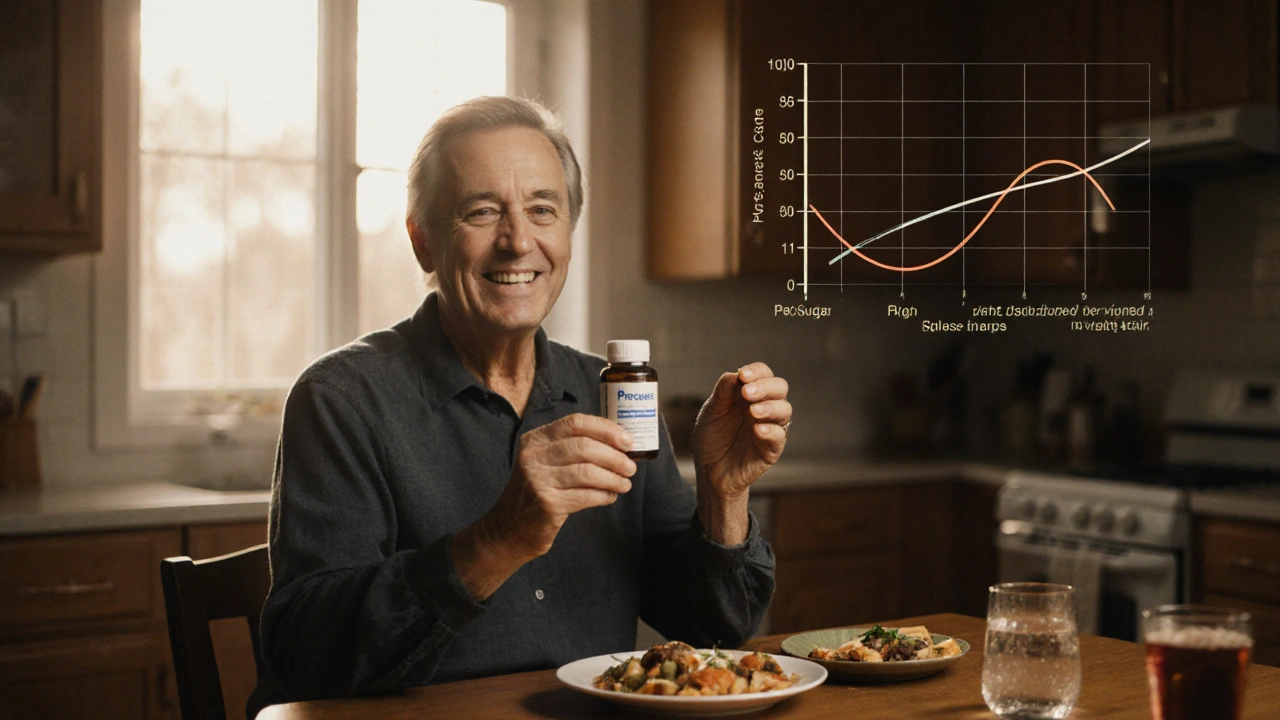
When to Choose Precose: Patient‑Centric Scenarios
- Post‑meal glucose spikes are the main problem. Acarbose directly targets carbohydrate breakdown, making it ideal for patients whose fasting glucose is already near target.
- Weight stability is crucial. Unlike sulfonylureas or insulin, acarbose does not cause weight gain.
- Kidney function is preserved. No renal dosing adjustment means it can stay on board when eGFR falls below 30mL/min, unlike metformin.
- The patient can tolerate gastrointestinal side effects. If the person enjoys a high‑fiber diet and can start low‑dose, they often adapt within weeks.
- Cost constraints prevent use of newer agents. Generic acarbose offers a middle‑ground price between cheap metformin and pricey GLP‑1 agonists.
If any of these points miss the mark, consider moving to a different class.
Quick Decision Guide
Copy the checklist below and tick the items that match your situation.
- Do you need strong A1C reduction (>1%): No → acarbose is okay.
- Is weight loss a priority: No → acarbose fits.
- Do you have chronic GI issues (IBS, ulcerative colitis): Yes → avoid acarbose.
- Is your eGFR <30mL/min: Yes → acarbose still usable.
- Is budget a big concern: Yes → acarbose cheaper than most newer agents.
Frequently Asked Questions
How long does it take for acarbose to start working?
Acarbose begins to slow carbohydrate absorption within 30‑45 minutes after the first dose. Full steady‑state effect on post‑prandial glucose usually appears after 2‑3 weeks of consistent dosing.
Can I take acarbose with metformin?
Yes. The combination is common because metformin tackles fasting glucose while acarbose tackles meal‑time spikes. Start metformin at a low dose, then add acarbose after a week to see how your gut handles the extra load.
Is acarbose safe during pregnancy?
Current evidence places acarbose in FDA pregnancy category B, meaning animal studies showed no risk but there are limited human data. Most clinicians prefer metformin or insulin for pregnant patients.
Why do I get gas after taking Precise?
Because undigested carbohydrates reach the colon, where gut bacteria ferment them, producing gas and short‑chain fatty acids. Gradually increasing the dose and eating low‑FODMAP meals can cut down the discomfort.
How does acarbose compare to newer drugs like sitagliptin?
Sitagliptin tends to lower A1C a bit more (0.6‑0.8% vs 0.4‑0.6% for acarbose) and causes fewer GI issues. However, sitagliptin is 8‑10 times more expensive and does not directly blunt post‑meal sugar spikes the way acarbose does.
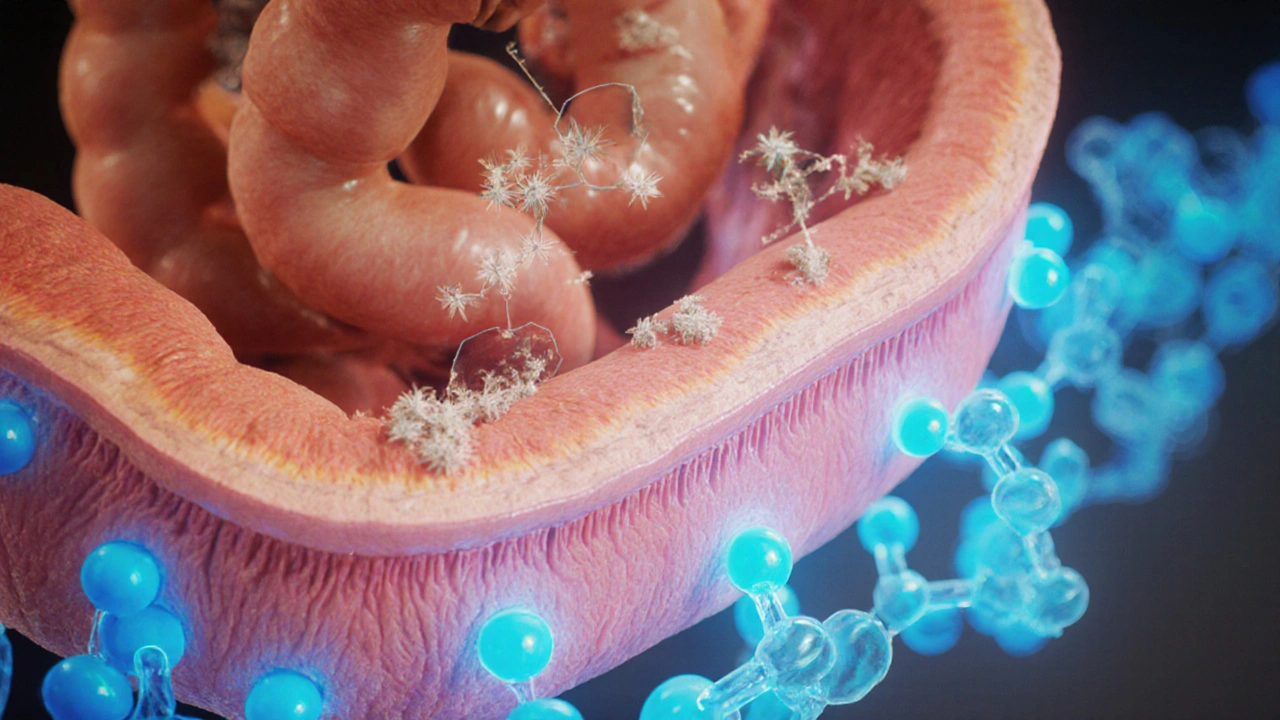



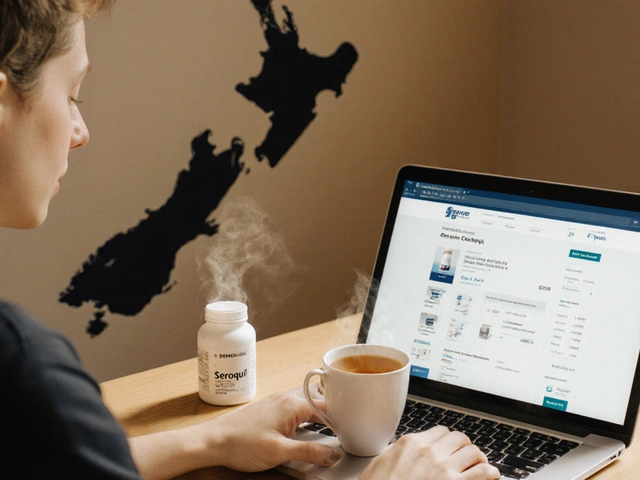
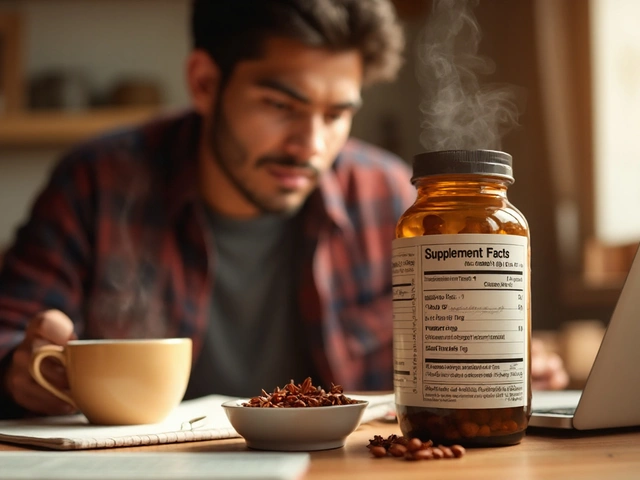
Written by Martha Elena
I'm a pharmaceutical research writer focused on drug safety and pharmacology. I support formulary and pharmacovigilance teams with literature reviews and real‑world evidence analyses. In my off-hours, I write evidence-based articles on medication use, disease management, and dietary supplements. My goal is to turn complex research into clear, practical insights for everyday readers.
All posts: Martha Elena